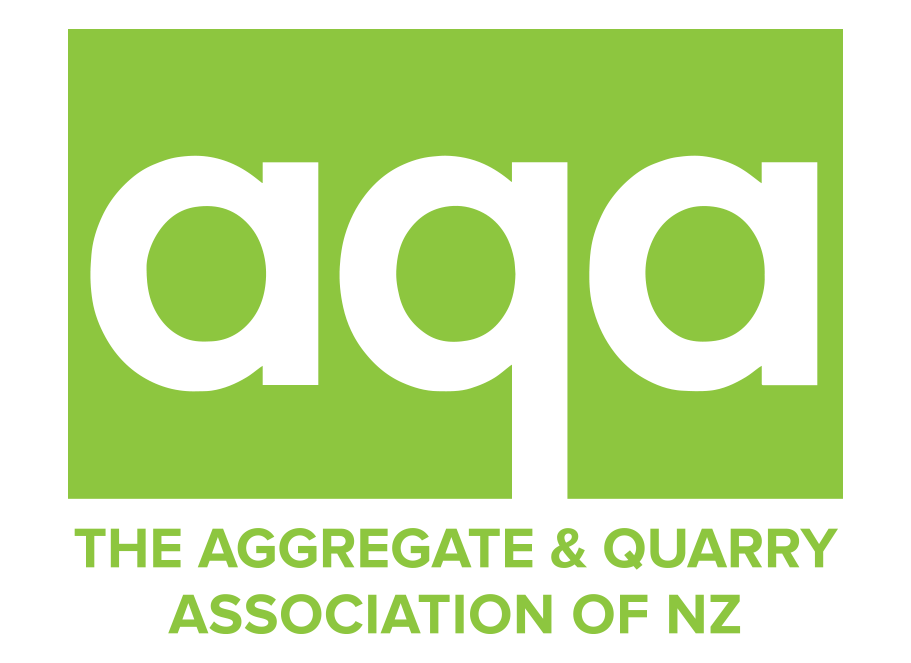Waikato rocks as the top quarry region
AQA opinion piece published in the Waikato Times.
OPINION: Here’s a staggering fact. To enable us to travel, live and work, New Zealand’s quarries provide on average to every Kiwi, 1kg of aggregate every hour of every day.
Because Waikato is booming and 40% of the aggregate produced here is supplied to Auckland, your per capita amount is more like 1.5kg each hour. This goes into roads, commercial and home construction (much of it via concrete), under farm sheds and across laneways, into bike lanes and as support for rail lines.
There are more than 1000 active commercial quarries around New Zealand –177 of them (or 18%) in Waikato – and usually the only time you hear about them is when someone objects to having one nearby.
But as the figures show, we need the aggregate, rock and sand to come from somewhere if we want to build homes and roads. Each of those new homes dotting the outskirts of Hamilton takes around 250 tonnes of aggregate (crushed rock) alone for its foundations and pathways. That doesn’t include what’s needed for a sub-division’s roads and underground infrastructure.
Often opponents of a quarry development or extension will suggest projects should go further afield. The problem is that you double the price of aggregate in 30km and it keeps rising for every kilometre; that’s part of the reason why Auckland housing is more expensive than here because they cart in so much of what is required.
You also add congestion and carbon emissions by trucking quarry materials long distances when they are almost always available (if able to be extracted) closer to urban centres where most demand exists.
Quarry development proposals often drag on for years at huge expense, partly because councils are sometimes between a rock and a hard place; do they placate a handful of fired-up residents – or provide for the very quarry materials they know are needed for their district’s roading and housing projects? I have to acknowledge given Waikato’s pre-eminent place in quarry production, this is less of an issue in this region than elsewhere.
Nonetheless, when quarries are proposed almost anywhere, nearby residents suggest they will face noise, trucking and/or dust issues if operations are sited near them. In fact, most modern quarry developments are usually subject to quite limiting operating hours and strict environmental monitoring and conditions designed to mitigate any issues.
Then you have those who oppose taking gravel out of rivers. It’s not so much an issue in Waikato – most of your rock comes from quarries – but taking out river gravel is a time- honoured way of reducing flood risk, as Tasman farmers were pleading for only last week.
In the last year, we have seen some progress in allowing quarries continued access to the resources which build homes and roads. Aggregates were placed top and centre in the Government’s Critical Minerals List. We’ve also recently seen amendments to some Government planning documents which will help quarries get access to rock and sand resources for Kiwis until the RMA reform legislation is passed next year. All of this will assist in providing direction to councils, notably for you the Waikato Regional Council, on the need to provide for quarries as they develop their own regional spatial plans.
Throughout all of these policy changes, our industry has been explicit – and our chairman reminded members at our AGM – we do not want the environment coming off second in quarry developments. We are after certainty and speed – but not environmental degradation. Members of our industry have worked for years to improve our environmental credentials and relations with our communities.
We know that with the changes underway, we will need to deliver on those commitment and credentials. Nowhere will that be more important than here in the Waikato.
Wayne Scott is chief executive of the Aggregate & Quarry Association, a co-host of the upcoming QuarryNZ conference in Hamilton.



